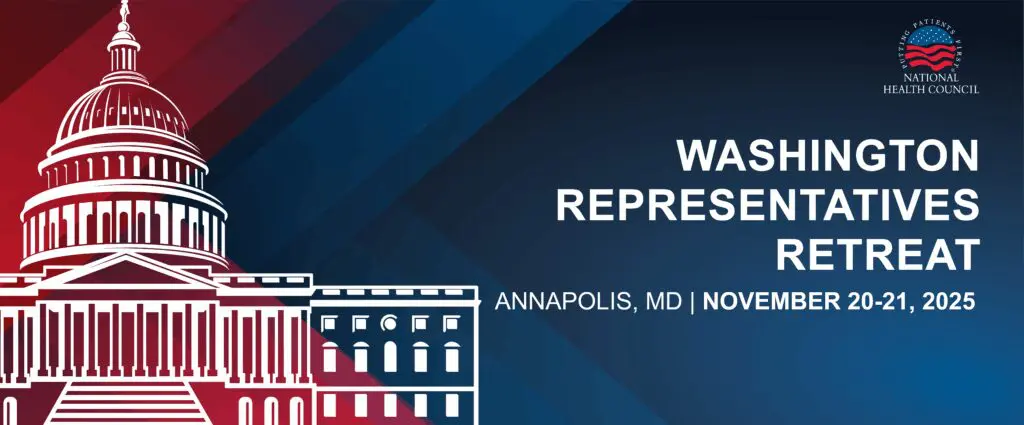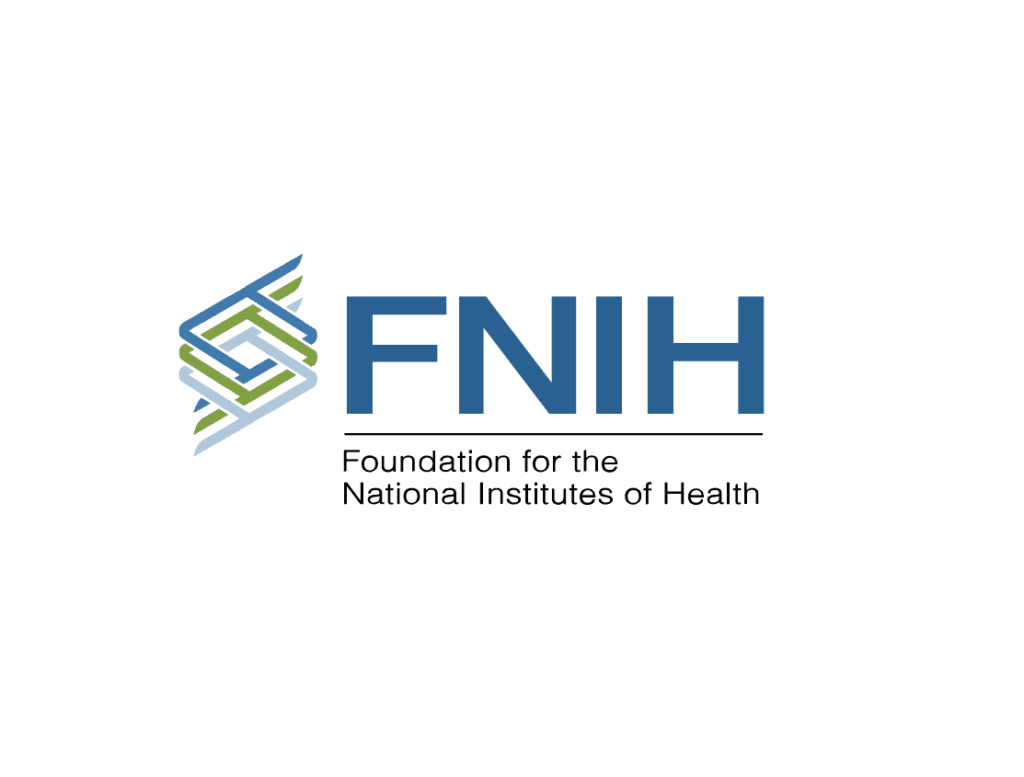

Limited Access: Poverty and Barriers to Accessible Health Care
By: Lillian Witting, MPH, Coordinator, Research, Education and Programs
First in a series of two blog post recognizing Poverty Awareness Month.
January is recognized nationally as poverty awareness month. In 2020, the United States Census Bureau estimated that 37.2 million Americans, or 11.4% of the population, were living in poverty.1 Unfortunately, the COVID-19 pandemic strained the U.S. and economies globally, further widening poverty inequities.2
Poverty in the U.S. is measured by using an income threshold, differing by family size and composition. Income disparities are primarily observed in historically underrepresented racial and ethnic groups (HURE) and other marginalized groups identified by sex or gender identity, immigrants and refugees, people with disabilities, veterans, older adults, and persons with serious mental health illness. Poverty also exacerbates health disparities for patients with limited English proficiency who have both cultural and financial barriers when accessing care.3
Poverty is directly correlated with poor health outcomes, and it is important to acknowledge the impact that financial and social limitations can have on one’s health and quality of life. Although other life factors such as educational attainment and employment status can affect important decisions regarding chronic disease management, the availability and quality of health care resources are heavily dependent on a patient’s financial situation. If not addressed, poor finances can cause a vicious cycle of poverty and poor health outcomes over time.4
People who live in poverty tend to have higher disease burden. Across the U.S., poverty at the county level was associated with mortality for certain chronic conditions such as heart disease, liver disease, and kidney disease.5,6,7 Other studies have also shown a relationship between low income and dental complications across all ages.8 During the COVID-19 pandemic, poverty became a stronger predictor of infection risk, negative health outcomes, and mortality.2
Poverty plays a vital role in patient experience, hindering adequate access to health care and resources. In low-income areas, methods of transportation may be unreliable and impede a patient’s ability to attend medical appointments. Lack of health insurance can impact health outcomes, as chronic diseases and disabilities often require long-term care and management, leading to financial strain when making medication or treatment decisions.
For example, a 2021 study found that kidney failure diagnoses were more pervasive in the absence of insurance coverage for dialysis treatment.7 In the hospital setting, a survey looking at health care experience measures (access to care, provider responsiveness, patient-provider communication, shared decision-making, and patient satisfaction) revealed that those with lower income had poor experiences across all metrics.9 The 2019 National Health Interview Survey found that a number of people either delayed or did not receive medical care (8.5%), dental care (14.7%), or prescription medication (5.6%) due to cost.10 However to address this issue, some medical practices across the U.S. utilize sliding fee scale programs to assist individuals who cannot afford care, such as Federally Qualified Health Centers, which are dependent on the income thresholds and family size as determined by the Federal Poverty Limits.
For patients in poverty, the inability to rely on transportation or financial instability hinders their willingness to engage with the health care ecosystem. The National Health Council’s Health Equity Blueprint provides a list of policy considerations that help to bridge these gaps and improve health equity in the health sector.
Patients with chronic diseases or disabilities living in poverty face insurmountable challenges in accessing care. Evidence-based research and support for patient needs and priorities could also help in a multiprong and collective approach to minimize financial barriers for patients that is long-term and sustainable.
References
- Poverty. https://www.cdc.gov/nchs/hus/sources-definitions/poverty.htm accessed January 10, 2023
- Abrams E, Elissa M, Greenhawt M, Shaker M, Pinto AD, Sinha I, Singer A. The COVID-19 pandemic: adverse effects on the social determinants of health in children and families. Annals of allergy, Asthma & Immunology. 2020;128(1):19-25
- Yeheskel A, Rawal S. Exploring the ‘Patient Experience’ of Individuals with LImied English Proficiency: A Scoping Review. J of Immigr Minor Health. 2018; 21:853-878. doi.org/10.1007/s10903-018-0816-4
- McMaughan DJ, Oloruntoba O, Smith ML. Socioeconomic Status and Access to Healthcare: interrelated Drivers for Health Aging. Public Health. 2020. doi.org/10.3389/fpubh.2020.00231
- Ahmad K, Chen EW, Nazir U, Cotts W, AndradeA, Trivedi AN, Erqou S, Wu WC. Regional Variation in the Association of Poverty and Heart Failure mortality in the 3135 Counties of the United States. J Am Heart Assoc. 2019;8(18). org/10.1161/JAHA.119.012422 (pov & heart failure)
- Goldberg D, Ross-Driscoll K, Lynch R. County Differences in Liver Mortality in the United States: Impact of Sociodemographics, Disease Risk Factors, and Access to Care. Gastroenterology. 2021;160(4):1140-1150.e1. doi:10.1053/j.gastro.2020.11.016
- Norris KC, Beech BM. Social Determinants of Kidney Health: Focus on Poverty. Clin J Am Soc Nephrol. 2021;16(5):809-811. doi:10.2215/CJN.12710820
- Foley M, Akers HF. Does poverty cause dental caries? Australian Dental Journal. 2018;64(1):96-102. doi.org/10.1111/adj.12666
- Okunrintemi F, Khera R, Spatz ES, Salami JA, et al. Association of Income Disparities with Patient-Reported Healthcare Experience. J of Gen Inter Med. 2019;34:884-892. doi.org/10.1007/s11606-019-04848-4
- National Center for Health Statistics, National Health Interview Survey. See Sources and Definitions, National Health Interview Survey (NHIS) and Health, United States, 2020–2021https://www.cdc.gov/nchs/hus/topics/unmet-need.htm#references


